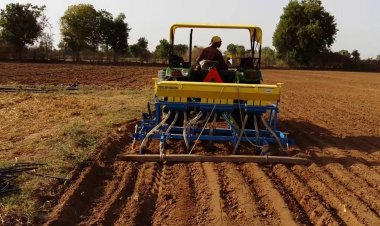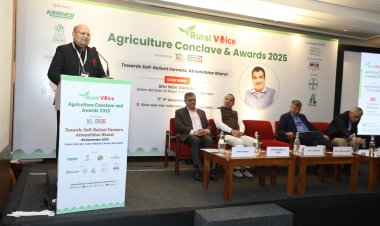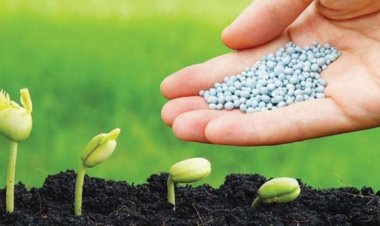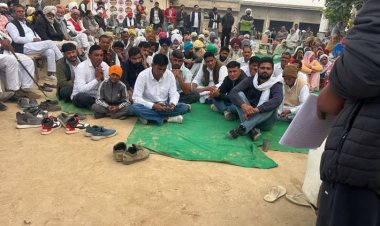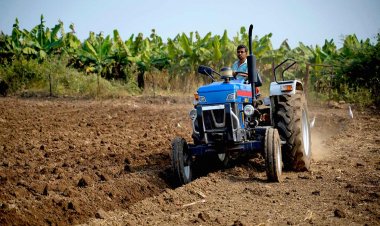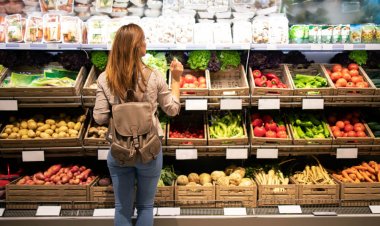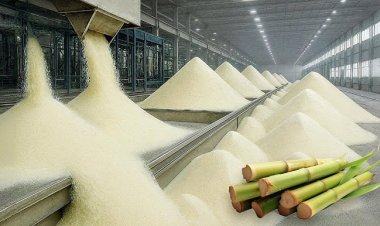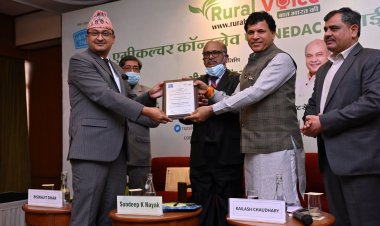In global market, urea price falls to $ 400, price of DAP drops to $ 640
So far as the prices of fertilizers are concerned, news of relief for the government is continuously coming from the global market. The price of urea in the international market has come down to $400 per tonne. Whereas, about a year ago, the price of urea had reached $ 950 per tonne. On the other hand, the price of Di Ammonium Phosphate (DAP), the second most sold fertilizer, has come down to around $ 640 per tonne in the international market, while the price of DAP was running more than $ 1000 per tonne a year ago. This fall in the prices of fertilizers will benefit the government in the form of huge subsidy savings
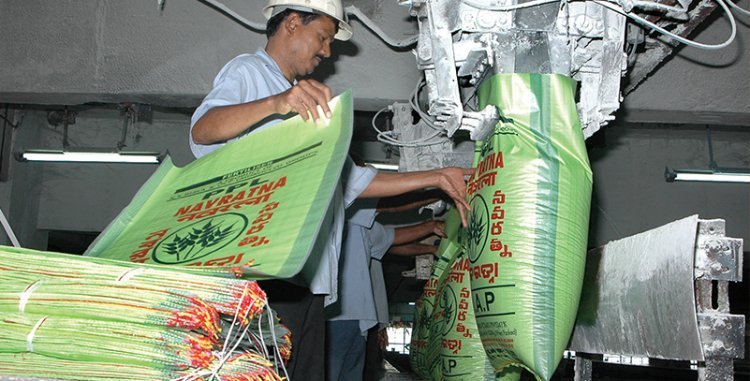
So far as the prices of fertilizers are concerned, news of relief for the government is continuously coming from the global market. The price of urea in the international market has come down to $400 per tonne. Whereas, about a year ago, the price of urea had reached $ 950 per tonne. On the other hand, the price of Di Ammonium Phosphate (DAP), the second most sold fertilizer, has come down to around $ 640 per tonne in the international market, while the price of DAP was running more than $ 1000 per tonne a year ago. This fall in the prices of fertilizers will benefit the government in the form of huge subsidy savings.
Fertilizer industry sources told Rural Voice that urea prices may fall further. Tender for urea import may be issued by the government in the next few days, as the government is trying to bring down the prices further below $400 per tonne. About 90 lakh tonnes of urea is imported annually in the country. There are three companies authorized in the country to import urea for the government. The main reason for the fall in prices is the improvement in supply.
DAP prices started skyrocketing about a year and a half ago. Outbreak of war between Russia and Ukraine in February last year fuelled the price increase. Along with this, China, a major exporter of DAP and Urea, had banned the export. India has been importing DAP from China in large quantities. A few months ago, China started exporting DAP to India. At the same time some deals have been done with Jordan recently. About 55 lakh tonnes of DAP is imported annually in the country. According to industry sources, the import of DAP is likely to cross 6 million tonnes in the current year.
On the other hand, according to the statistics of the fertilizer industry, in the current year (2022-23), there has been an increase in the production of urea, DAP, NPK and SSP fertilizers from April 2022 to January 2023.
According to the industry, 237.14 lakh tonnes of urea was produced between April and January in the current financial year, which is 12.8 per cent higher than the same period last year. During this period, the production of DAP was 35.71 lakh tonnes, which is four per cent more than the previous year. During this period, the production of NPK fertilizers increased by 8.6 per cent to 79.89 lakh tonnes. The production of SSP increased by 6.4 per cent to 47.58 lakh tonnes as compared to the previous year.
During the period April, 2002 to January, 2023, there has been a huge increase in the import of DAP. During this period, the import of DAP has been 58.80 lakh tonnes, which is 38.2 percent higher than the same period last year. Urea imports registered a growth of only 1.4 per cent during this period and 73.10 lakh tonnes of urea was imported during this period as against 72.08 lakh tonnes in the same period a year ago.
Imports of Murate of Potash (MOP) registered a decline of 16.6 per cent during April to January in the current year. In the current year, 17.36 lakh tonnes of MOP were imported in the same period up to January as against last year's import of 20.81 lakh tonnes. At the same time, the import of NPK fertilizers increased by 99.4 percent to reach 22.49 lakh tonnes.
According to industry data, urea sales increased by 6.9 per cent to 319.02 lakh tonnes during April 2022 to January 2023 in the current year. While the sale of DAP increased by 15.7 percent to reach 97.41 lakh tonnes during the same period. Whereas MOP sales declined by 37.2 per cent to 14.02 lakh tonnes and NPK fertilizers to 89.33 lakh tonnes, a decline of 13.7 per cent over the same period a year ago.
SSP sales fell by 9.8 per cent to 45.96 lakh tonnes as against 50.96 lakh tonnes in the same period in 2021-22. Due to the price of complex fertilizers being higher than DAP, farmers have purchased more DAP while the use of complex fertilizers has decreased, which will prove to increase the imbalance in the use of fertilizers.
In the year 2021-22, the total sale of urea in the country was 341.80 lakh tonnes while the production was 250.75 lakh tonnes. The rest of the shortfall was met by the import of 91.36 lakhs. Whereas the total consumption of DAP was 92.72 lakh tonnes. This included domestic production of 42.21 lakh tonnes and imports of 54.62 lakh tonnes.
During this period, the sale of MOP was 24.56 lakh tonnes, while 24.60 lakh tonnes of MOP was imported during this period. During the last year, sales of NPK-complex fertilizers were 114.78 lakh tonnes, during which domestic production was 83.06 lakh tonnes and 11.70 lakh tonnes were imported. In the financial year 2021-22, the sale of SSP was 56.81 lakh tonnes, which was completely met by domestic production. During this period, 53.51 lakh tonnes of SSP was produced in the country.
In fact, the last two years have been quite turbulent with regard to fertilizer prices. Due to which the government had to increase the subsidy heavily. But in the last few months, there has been a sharp fall in the international prices of fertilizers. The government helped Indian companies to enter into long-term import deals with several fertilizer exporting countries.
This is the reason that the availability of DA was better in the last Kharif season and the current Rabi season. However, the government had to increase the subsidy on DAP several times and in the current rabi season, the fertilizer companies increased the price of DAP by Rs 150 per bag of 50 kg to Rs 1350 per bag. But despite this, the price of DAP is less than that of complex fertilizers and due to this there has been a huge increase in its sales.
Revised Estimates of the current year's budget shows the government has estimated an expenditure of Rs 2.25 lakh crore on fertilizer subsidy, while a provision of Rs 175,100 crore has been made for fertilizer subsidy for the next year.



 Join the RuralVoice whatsapp group
Join the RuralVoice whatsapp group

















